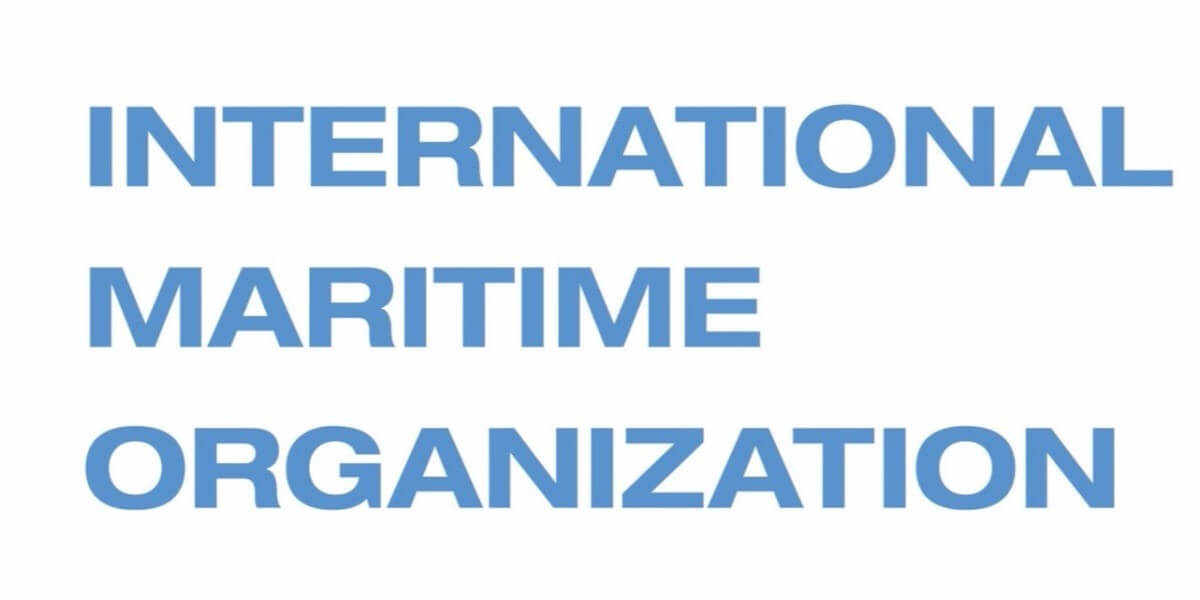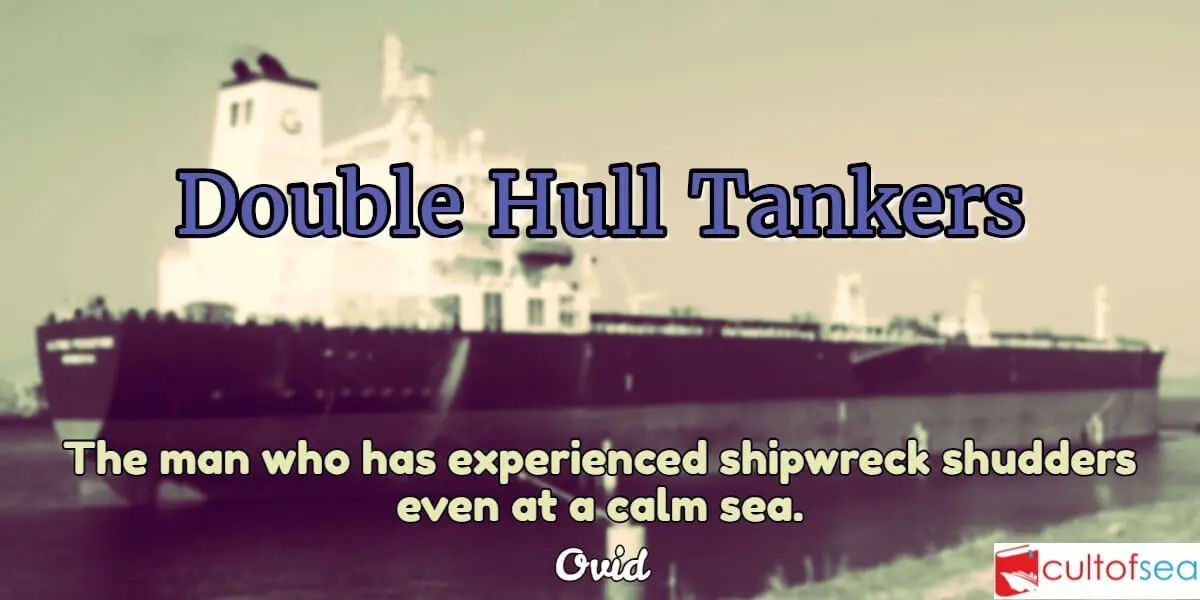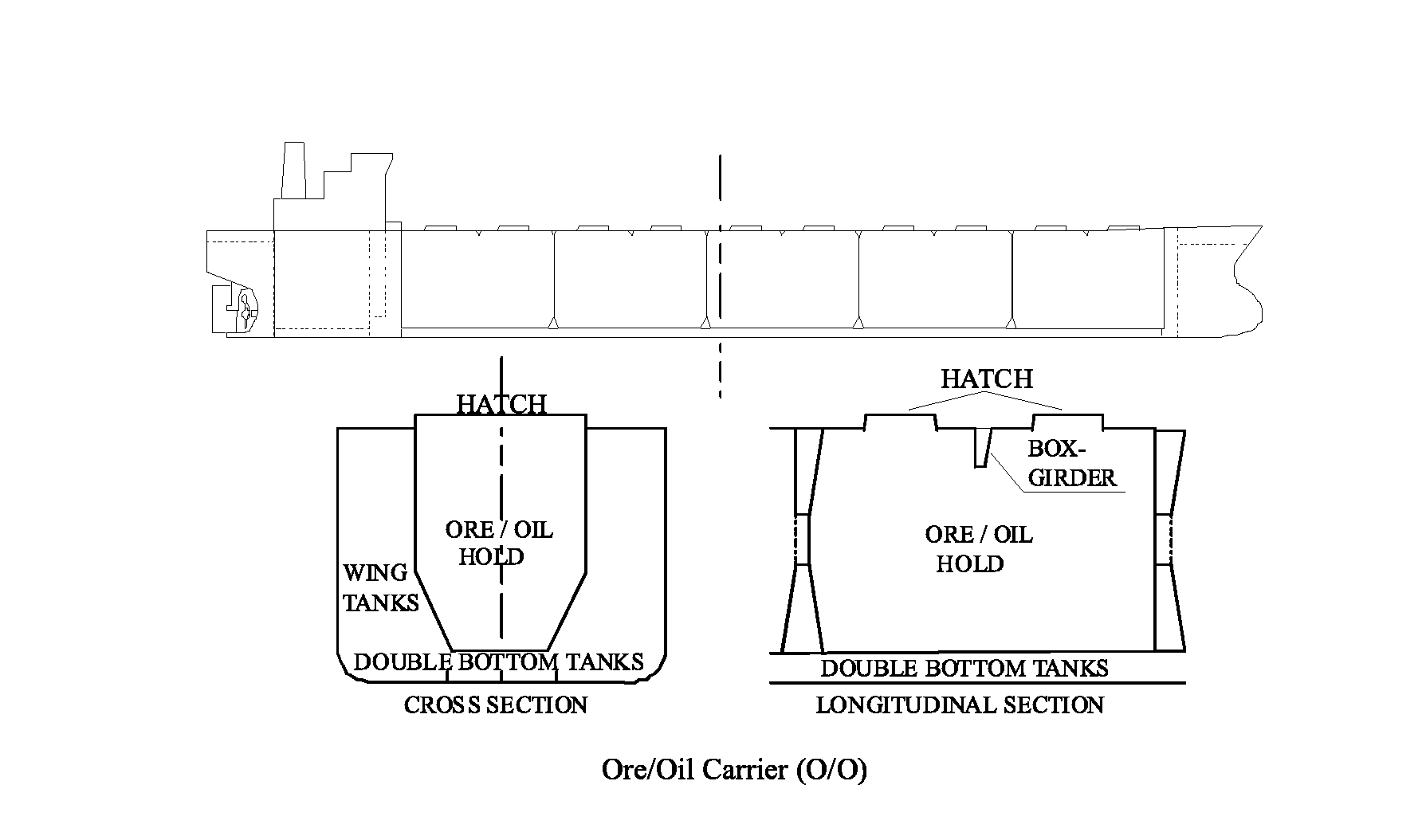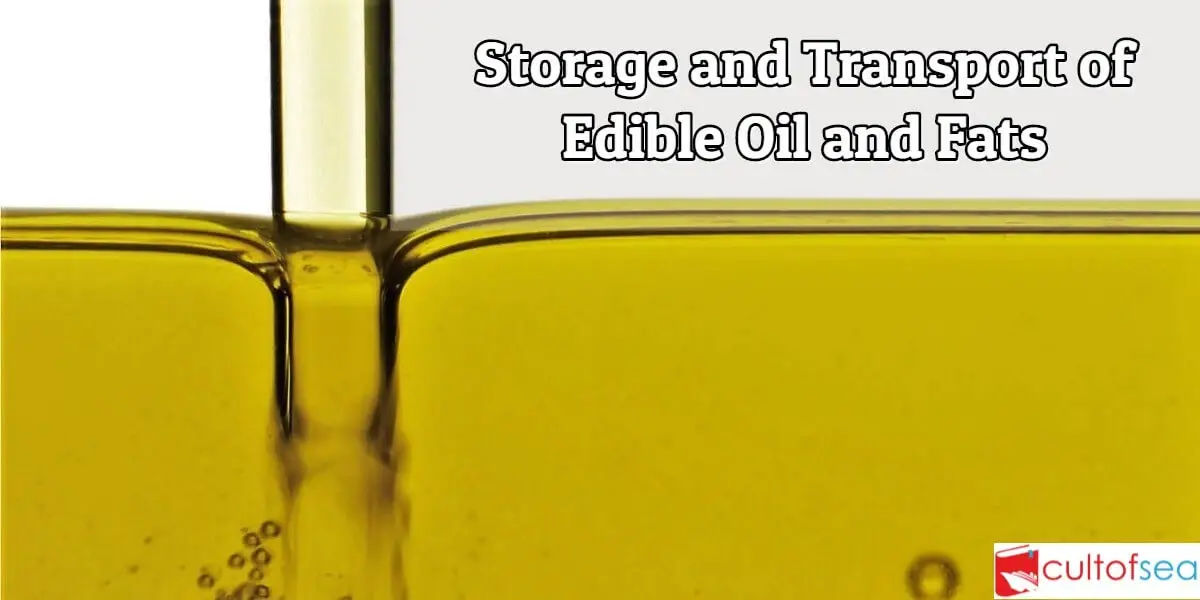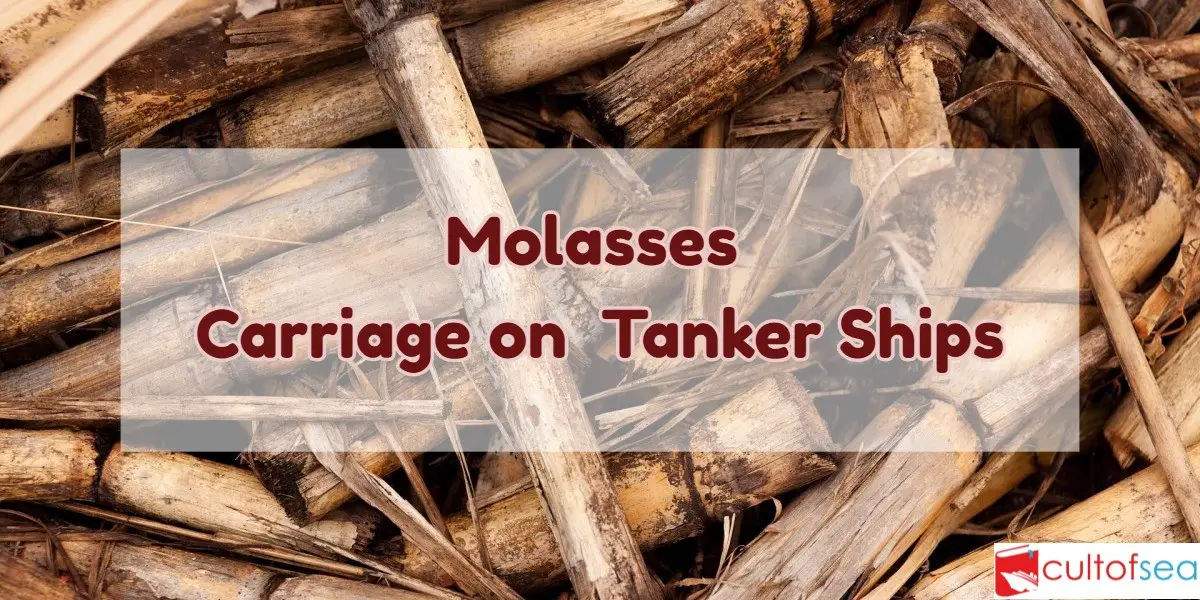Non-Catalytic Heated Filament Gas Indicators (Tankscopes) Operating Principle The sensing element of this instrument is usually a non-catalytic hot filament. The composition of the surrounding gas determines the rate of loss of heat from the filament, and hence its temperature and resistance. The sensor filament forms one arm of a Wheatstone Bridge The Initial zeroing operation balances the bridge and establishes the correct voltage across the filament, thus ensuring the correct operating temperature During zeroing, the sensor filament is purged with air or inert gas that is free from … [Read more...]
Archives for November 2015
Combustible Gas Indicator or (Explosimeter) – Tanker Instruments
Principle The Combustible Gas Indicator (CGI) or Explosimeter is used to measure the volume of flammable gas in a gas/air mixture. It gives the result as a percentage of the lower flammable limit. It is used to ascertain the atmosphere in a cargo tank when planning tank cleaning in a too lean atmosphere or for evaluation of C/H gas prior to man entry, hot work or other operations.Marine Safety Appliances MSA 40 is a commonly used CCI. It works on the Catalytic Combustion Principle. A catalytic filament is heated by an electric current. A sample of the atmosphere to be tested is drawn over … [Read more...]
International Maritime Organization or IMO: what it is, what it does and how it works ?
International Maritime Organization (IMO) is a specialised agency of the United Nations dealing with maritime affairs , the main concern of which was to evolve international maritime structure to improve safety at sea. Because of the international nature of the shipping industry, it had long been recognised that action to improve safety in maritime operations would be more effective if carried out at an international level rather than by individual countries acting unilaterally and without coordination with others. Although a number of important international agreements had already been … [Read more...]
Types of Double Hull Tankers
Double hull tankers The double hull design has many advantages over the more traditional single-hull designs, performing better in the low-speed collision or grounding situations. Looking at 30 tanker groundings between 1969 and 1973, a study by the U.S. Coast Guard concluded that 96 percent of the spills could have been prevented with double hulls. How these monstrous tankers can so successfully avoid oil spillage is a direct outcome of their engineering and design. There are two types of double-hull ballast arrangements:The first is the "L" type arrangement, where the ballast is the … [Read more...]
Types of Combination Carriers
Oil/Ore (O/O) An OBO is an oil tanker, which is equipped to carry ore in its centre cargo compartments. Compared with a similar-sized conventional tanker, the main differences revolve around the centre compartments, which are located over double bottom tanks, and have large, heavy steel hatch covers. The centre compartments are normally arranged so that the longitudinal plating slopes inwards, providing a self-stowing factor when loading ore. The centre compartments are generally free from all structural members, which would hinder loading or discharging ore.If coils are required for … [Read more...]
Vessel Size Groups
Major ship size groups include: Handy and Handymax Traditionally the workhorses of the dry bulk market, the Handy and more recent Handymax types remain popular ships with less than 60,000 dwt. The Handymax sector operates in a large number of geographically dispersed global trades, mainly carrying grains and minor bulks including steel products, forest products and fertilizers. The vessels are well suited for small ports with length and draft restrictions and also lacking transhipment infrastructure. This category is also used to define small-sized oil tankers. Panamax Represents the … [Read more...]
History of oil transportation at sea
Transportation of oil by water was the indirect result of the first oil well. Mineral oil had been known to exist below the surface of the earth for quite some time. There are indications that the Chinese obtained small quantities from shallow mines several thousand years ago, but the small quantities obtained by them and people inhabiting the Middle East could never have justified the time and energy needed in developing it as a fuel for heating, lighting, and the multitude of other purposes which man has found for oil in the present highly Industrial Age. The first oil well was sunk in … [Read more...]
Multi-Gas Detector – Tanker Instruments
Working This is an instrument used for evaluating the tank atmosphere, prior to man entry, specifically for the presence of toxic gas. Hollow, glass tubes are inserted into a hand-held bellows pump through which a metered volume of the sample to be tested is drawn.The tubes are coated internally with a reagent and sealed at both ends. Different tubes are required for each type of toxic gas. The tubes are graduated externally. Just before use, the sealed ends are broken and the tube is fitted to the pump.As the sample is drawn through the tube by a recommended number of strokes of the … [Read more...]
Recommended Practices for Storage and Transport of Edible Oils and Fats
Introduction The international trade in oils and fats increases every year in volume and diversity. It included some 18 million tonnes of shipped cargo in 1984. The system involved in bringing the products from the harvest field to the end user is complex and inevitably a number of independent management is involved in processing, storage, and transport. It is clearly in the interest of all the parties involved that any deterioration in the products should be minimised. To this end, a number of trade associations have published advice for the benefit of their members. Individual sources … [Read more...]
Molasses – Carriage on Tankers
GENERAL Molasses is the thick dark brown syrupy liquid left after sucrose has been removed from the mother liquid in sugar manufacture. There is two type of molasses – cane molasses and beet molasses. Blackstrap molasses is the syrup from which no more sugar can be obtained economically.Synonym of molasses – Treacle.Main composition of molasses at 75 % Dry MatterCane molasses Beet molassesSucrose 30 – 40 % 48 – 52 %Reducing sugars 15 – 20 % 0.2 – 1.2 %Organic non-sugar matter 9 – 12 % 12 – 17 %Sulphated ash 3 – 11 % 3 – 10 % … [Read more...]


